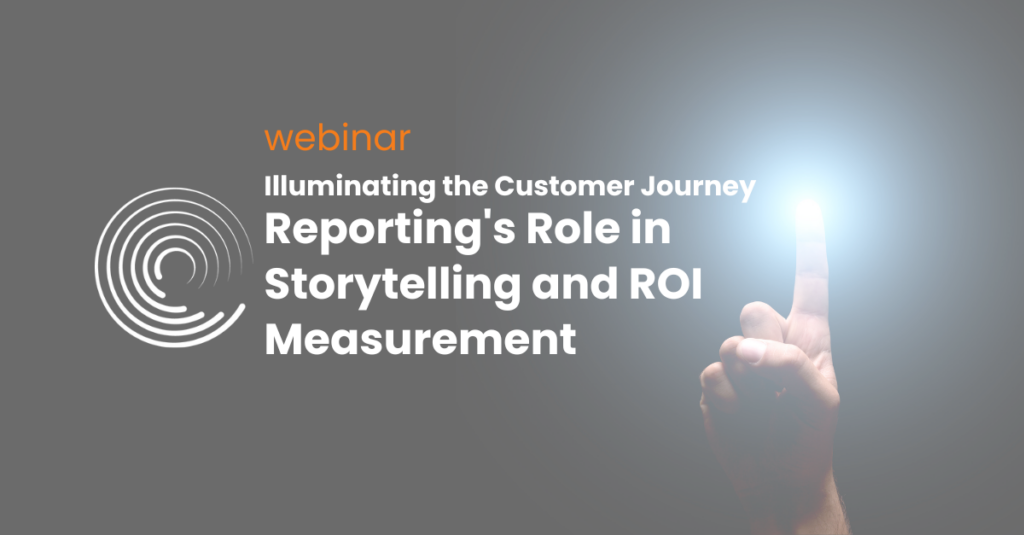Whether you’ve done it once or many times, reporting out to your board on marketing’s performance can be both daunting and painful. From the hours spent gathering data to prove your existence to weaving the story together, the overall experience is often stressful, to say the least. It doesn’t have to be that way. Through my own experience as Head of Marketing at Full Circle Insights, I have found four ways to simplify board reporting:
- Use a Marketing Performance Management Solution
- Make sure you have a single source of truth
- Apply a templated approach
- Take Advantage of “Go-To” dashboards
Marketing Performance Management Solution
In many B2B companies, the CMO is responsible for shouldering half the revenue. In order to know, whether or not you’re achieving this it’s necessary to have a Marketing Performance Management solution in place to measure success and track KPIs along the way.
Single Source of Truth
The best place to pull this information is from a marketing analytics solution that is based 100% inside Salesforce. The reason this is important is that a native application will produce numbers that match your sales team’s numbers. Furthermore, each lead can be traced along its entire lifecycle, making everything auditable. Salesforce is the de facto standard revenue reporting system that sales, your CFO and CEO all rely on so if there are discrepancies between your numbers and what’s inside Salesforce, guess who wins? It’s tempting to go with the pretty graphs from a marketing automation solution or even a marketing analytics solution that is partially based in Salesforce. For your own sanity and credibility within the organization choose a solution that’s totally inside Salesforce – meaning 100% native.
Templated Approach
To simplify your board report-out, the use of a templated approach is best. After all, the board is going to want to know basically the same things each time you meet: What are the marketing goals that help drive sales? Did you meet your goals? What processes are working/not? How are you optimizing? While this may not seem very “creative” the board is not looking for creativity here.
Your “Go-To” Dashboards
The dashboards that I use inside my Marketing Performance Management solutions mirror my templated approach to reporting to the board. The dashboards I use for each section are outlined below:
- Achieving Marketing Goals. Having a snapshot of the KPIs of revenue for your business is crucial. Ultimately, what the CEO and Board want to know is: what are the marketing goals that will help drive revenue and are you meeting them? At the end of the quarter, the narrative is straightforward – you either achieved your goals (in which case the data speaks for itself) or you didn’t. My “Go To” dashboards for this section are: Revenue Goal, Opportunity Coverage, MQL (Marketing Qualified Lead) Metrics, Average Deal Size and Sourced Revenue.
- Business Processes – What’s Working? What’s Not? In this section, the focus is really on which processes are performing well and, of course, which aren’t. The CMO not only needs to shoulder part of the burden for revenue generation and, in doing so, ensuring pipeline coverage but a CMO who is performing well is one who does so efficiently. Improved conversion rates, improved velocity of deals (so you can do more deals in a set time period) and increases in average deal size are excellent KPIs to prove marketing efficiencies or areas of needed improvement. The “Got-To” dashboards I use include MQL-to-Close conversion Rates, MQL-to-Close Velocity Rates, MQL-to-Demo Conversion Rates (this makes sense for my business but other businesses may have a different opportunity stage), Average Deal Size, and Average Number of Touches For Won and Lost Opportunities. In this section, I think it’s important to show trend data as it helps to tell a story about how/if you are improving business processes.
- This part of the presentation is all about spending more of your marketing budget in areas that are returning the most while spending less (or cutting funding altogether) in areas that have little to no return. My favorite “Go-To” dashboards are all campaign attribution based and include: Opportunity-to-Won Conversion, Opportunity-to-Won Velocity, and Average Deal Size. These dashboards tell you specifically which campaigns have the highest conversion rates, which campaigns generate the fastest velocity and which campaigns generate the largest deal size. For me this is nirvana! I also include an overall campaign attribution chart which puts a dollar value on the individual campaign’s impact on revenue. This allows me to see some big winners (and losers!) and high-performing outliers.
For a guide on some of these dashboards, check out Four Dashboards to Make Marketing Measurement Easy.
In The End…
Reporting out to the Board on marketing’s impact on the organization need not be a painful experience in terms of gathering insights if you’ve got the right marketing performance management system in place that provides a basic framework. Furthermore, having a single source of truth is critical to preserving your credibility in the organization because if your numbers don’t match sales, guess who wins in the end? Finally, using a templated approach and having “go-to” dashboards make for a simplified approach to prepping for your board report.




